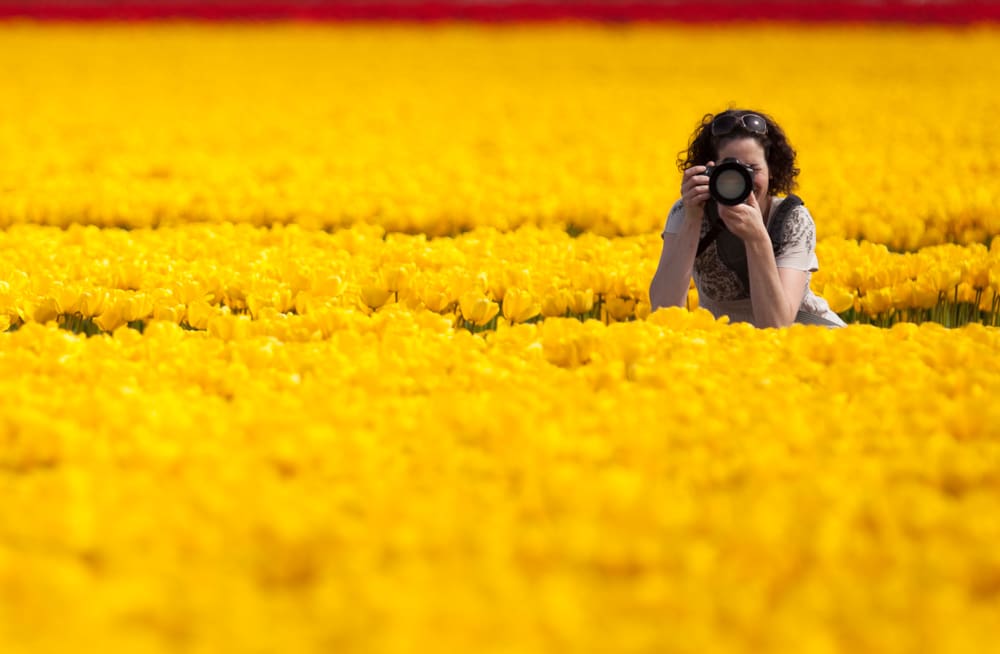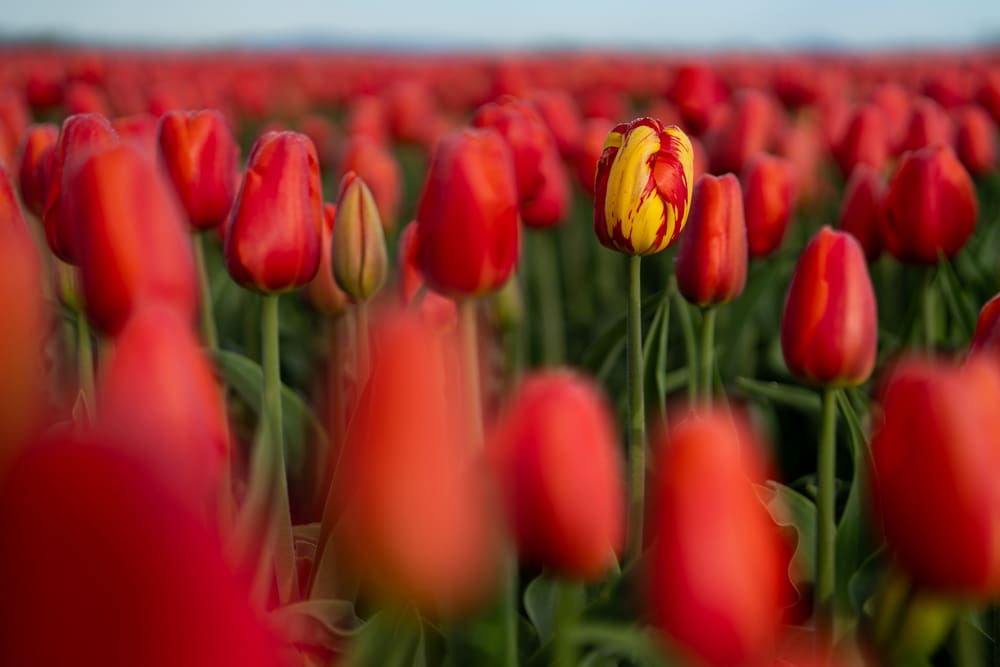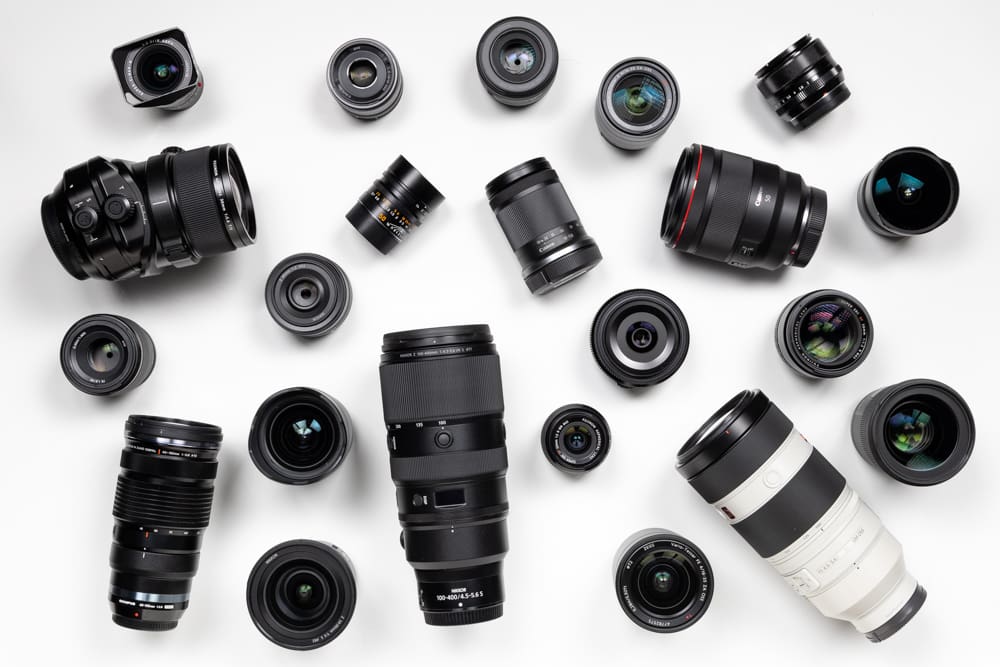For a long time, Bhutan has stood near the top of my favorite travel destinations. My initial opinion came after working with the field crew on Art Wolfe’s Travels to the Edge during an episode featuring Bhutan. I can now happily say that it’s time to go back, this time I’m leading a photo tour open to 12 eager travelers.
What is this place?
Mention Bhutan to most people and they respond with a quizzical look and ask for an explanation. I find it’s best to say that it’s a small country nestled in the Himalayas between China and India. It has a strong influence from Buddhist culture, like Nepal or Tibet, but independent, clean, and well organized.
Traditionally Bhutan has been a very reclusive country. They worked to keep themselves cut off from the world to preserve their culture. Only recently has this country opening itself up to the world, first allowing foreign visitors in the 1970s. It was one of the last countries to allow the use of televisions and access to the internet (in 1999). These days they’re catching up, with smartphones and karaoke commonly found in their capital, Thimphu.
Giving heed to the way that Nepal has operated in allowing itself to be overrun by tourists and backpackers, Bhutan took an opposite and very protective approach. Even today you can’t show up on their doorstep expecting to be let in. You must travel with a Bhutanese tour operator at a minimum cost of US $250 per day. This fee will typically cover all your basic travel accommodations and food. This is part of their “High Value, Low Impact” tourism philosophy. The result is an absence of chaos, traffic, litter and crowd that would otherwise inhabit a premier travel destination like this.
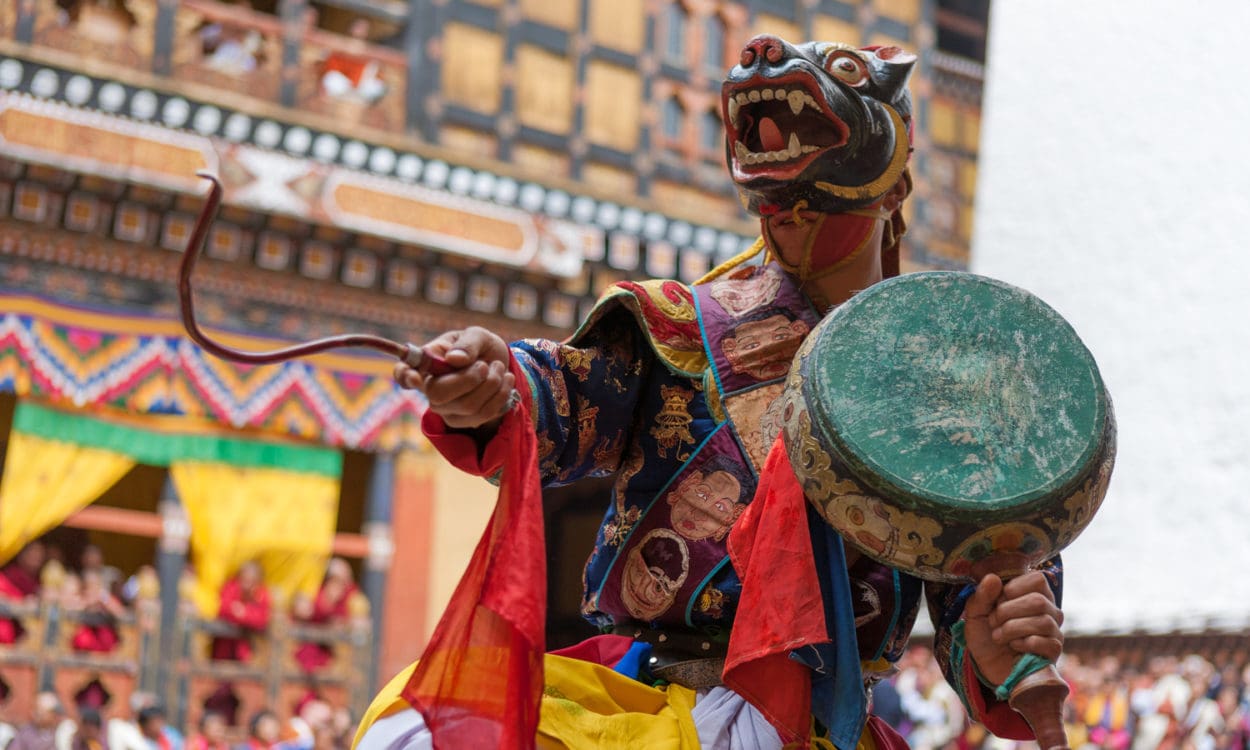
Tshechu Festival
The most exciting time to visit Bhutan is during one of their many Tshechu dance festivals. The traditional social gatherings have been going on for centuries. Personally, I think Bhutan hit the mainstream shortly after someone returned with the first color images of the festivals. The costumes and the background monasteries make for a bit of a color orgy with a heavy emphasis on yellow, red and blue.
A long list of ceremonial rituals and dances make up the multi-day events. Attending one of these requires pacing. They can go on all day with a constant stream of dance, music, and action.
Photographically it can be as easy as shooting fish in a barrel and hard as anything you’ve ever shot. The main problem comes from the fact that there is too much of everything. It’s impossible to capture it all in a single image. By fixating on the unique aspects and capturing each according to a technique that is appropriate you can succeed in creating magnificent images.
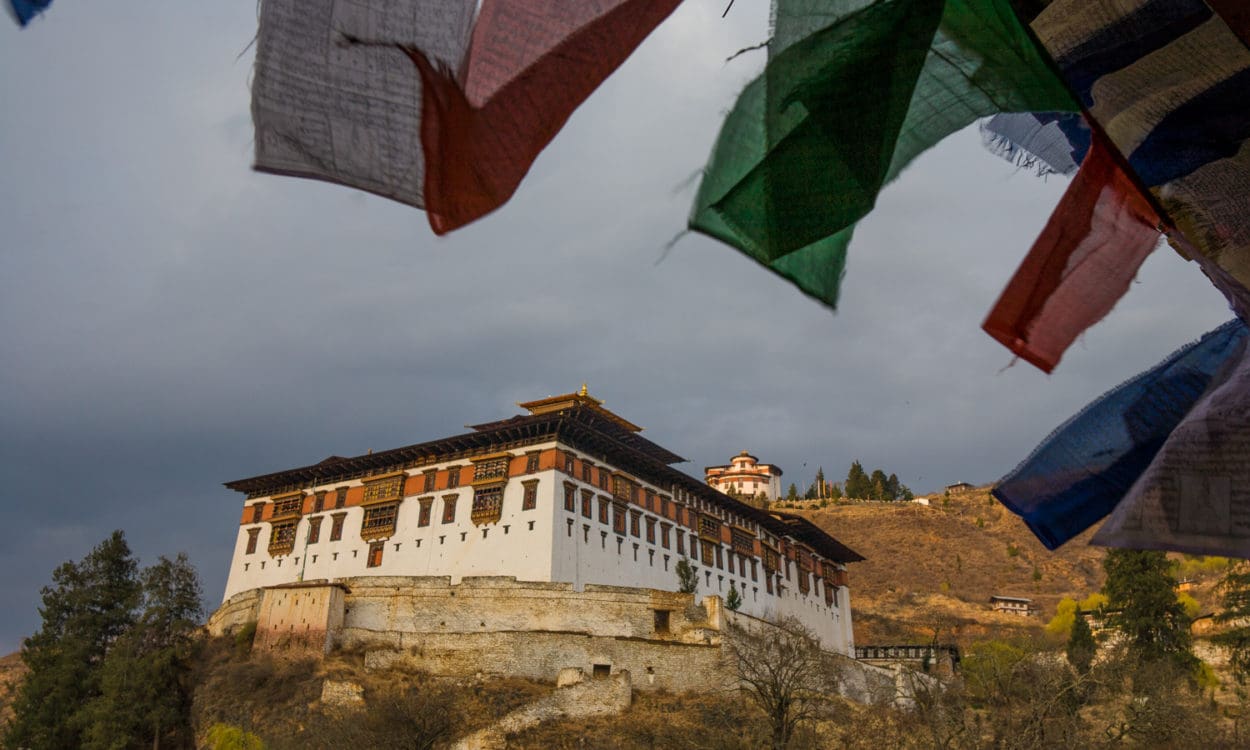
Planning photography success
Infinite possibilities await as the dance, costumes, and background are constantly changing. It’s best to first refrain from shooting and quietly watch to see what inspires you. Then dismiss the rest of the chaos and focus on that one element you want to capture. You work that problem until you get your best results, then look for a new subject.
Going in with a good game plan and being ready for what awaits you is a big part of success with this type of event. As you shoot you’ll encounter numerous problems that you’ll need to address. With a little creativity, you should be able to work around the worst of them and capture images that you’d be happy to hang on your living room wall.
—
If this article has helped convince you to join me and Kenna Klosterman in February 2019, please reach out to tours@johngreengo.com to find out more about our trip.
Become part of John’s inner circle
Sign up for the newsletter here – it’s free.
Want to become a better photographer?
Check out John’s selection of photography and camera classes here.
